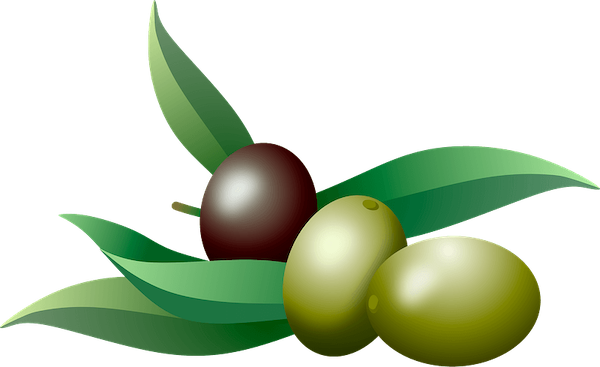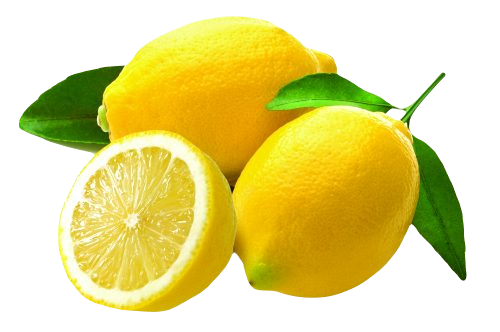Cheap Eats:
Djej Makalli
(Chicken with Preserved Lemons and
Olives)
There are two food items that pretty well define the Mediterranean: the grape and the olive. Pliny wrote that "Except the vine, there is no plant which bears a fruit of as great importance as the olive," and the olive was Plato's favorite food. In ancient times, and still today in the Middle East, the olive was and is often the most important dish at a meal, or at least an important ingredient of several dishes.

There are a variety of possible starting points for the olive. It has been cultivated in the eastern end of the Mediterranean since Neolithic times. Egyptian art depicts olive picking, but it is not clear whether the olives were wild or domesticated. Syria and Palestine may have been the first to cultivate the olive, but it appears to have been cultivated in Crete, too, around the same time—about 3500 BC By 2500 BC, olives and olive oil were a major component of international commerce, with olive oil being shipped from Crete to Egypt and Asia Minor.
It is said that the Greeks named Athens for Athena in thanks for her gift of the olive tree. Since it was Cecrops, the founder of Athens, who introduced the olive to Athens from Argos, there is at least a little history behind the myth. Olives were growing in Greece by 1700 BC, and became the country's most successful crop—responsible for most Athenian economic and trade policies.
Olives continued to move around the Mediterranean, though not always logically. They moved across North Africa to Carthage, from which they were introduced to Spain in the fourth century BC, then they headed east again, through the south of France, and then into Italy.
Oddly, though vital to the Mediterranean, olives and olive oil didn't move north for centuries. During the Middle Ages and Renaissance, lard was the primary cooking fat in Europe. Olive oil was unknown in Paris until the Revolution, when it was introduced by a Provençal restaurant opened there. However, in Moorish-ruled Spain and most of North Africa, where lard (largely from pigs) would have been totally unacceptable, olive oil reigned supreme, and olives were a favorite food.
This dish is from Morocco, a country with a long association with the olive and olive oil. You'll often see dishes like this identified as chicken tagine, a tagine being a classic Moroccan slow-cooking method that traditionally utilizes a glazed, shallow, earthenware cooking dish called a tagine slaoui. But don't worry—this version is adapted to indigenous American cookware.
Another common element of Moroccan cooking is the preserved lemon. Usually, the lemons are preserved whole, and take a month or more to prepare. However, several years ago, I learned the version given below, which is considerably faster—though you still need to plan ahead, since it does take a week, even for the "speedy" version. This dish should be served with rice or a simple pilaf, or you could pick up a package of couscous.
Djej Makalli
Chicken with Preserved Lemons and Olives
4-5 lb. cut up chicken (or your favorite parts)
¼ cup olive oil, plus 2 Tbs.
3 cloves garlic, crushed
1 tsp. ground ginger
1¼ tsp. sweet paprika
dash cayenne pepper
½ tsp. ground cumin
½ tsp. ground turmeric
1 tsp. coarse (kosher) salt
¼ tsp. finely ground black pepper
2 large Spanish onions, finely chopped
¼ cup chopped Italian flat-leaf parsley
¼ cup chopped cilantro
1 can (14½ oz.) chicken broth, unsalted
1 7 oz. jar pitted green olives, drained and rinsed
1½ preserved lemons (12-14 wedges, recipe below)
¼ cup lemon juice
In a large bowl, combine ¼ cup olive oil, garlic, ginger, paprika, cayenne, cumin, turmeric, salt, pepper, and ¼ cup water. Roll the chicken pieces in the mixture, coating them thoroughly, then nestle them into the marinade, cover and refrigerate overnight.
The next day, heat 2 Tbs. olive oil in the bottom of a large frying pan, Dutch oven, or flame-proof casserole. Add the onions, and cook gently for about 10 minutes, or until transparent. Remove the onion with a slotted spoon, and set aside. Increase the heat, add the chicken and cook for a few minutes on each side, just until the chicken begins to change color. Then add the broth and 2 cups of water, the onion, and the parsley and cilantro. Bring to a boil, reduce the heat, cover, and simmer for 35 minutes.
Discard the pulp from the preserved lemon, rinse the rinds, and add them and the olives to the simmering chicken. Cover, and simmer for an additional 10 minutes. Remove the chicken to a serving platter, then boil the sauce until it begins to thicken, about 15-20 minutes. Stir in the lemon juice, pour the sauce over the chickens, and serve.
Serves 6.
Notes:
A variation of this dish that some may enjoy calls for tossing two or three chicken livers into the liquid while the chicken simmers. Remove them when you remove the chicken, then mash the livers and stir them back into the liquid before boiling it, to add more flavor, body, and thickness to the sauce.
If you don't want to make preserved lemons, this can be made without them—though I've never done it. Just add sliced lemon and a bit more salt. Or maybe you'll find a place to buy preserved lemons (I've found them on the Internet, but they're not cheap).
"Speedy" Preserved Lemons
2 ripe lemons
⅓ cup coarse (kosher) salt
½ cup lemon juice
olive oil
Try to find lemons that don't have terribly thick skins. They should be ripe and fragrant. Scrub the lemons and dry them well, then cut each one into eight wedges. Toss the wedges with the salt and place them in a ½-pint glass jar with a plastic-coated lid.

Alternatively, if your lemons are not small enough to fit in a ½-pint jar (and most lemons sold at your average Midwest grocery store are not that small), toss a few more wedges in additional salt, and keep adding until the jar is pretty firmly packed. But don't go with too big a jar. (I usually find that 2½ large lemons work in a 1-pint jar.)
Pour in the lemon juice (increase this proportionately, if you had to use a few more wedges of lemon). The lemons and juice should come as close to the top of the jar as possible—you don't want a lot of air in there. Close the jar tightly, and let the lemons "ripen" in a warm place for 7 or 8 days, shaking the jar every day to distribute the salt and juice. At the end of this time, use the lemons, or add olive oil to cover and refrigerate. These can be kept in the refrigerator for up to 6 months.

